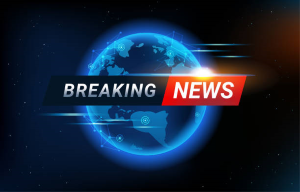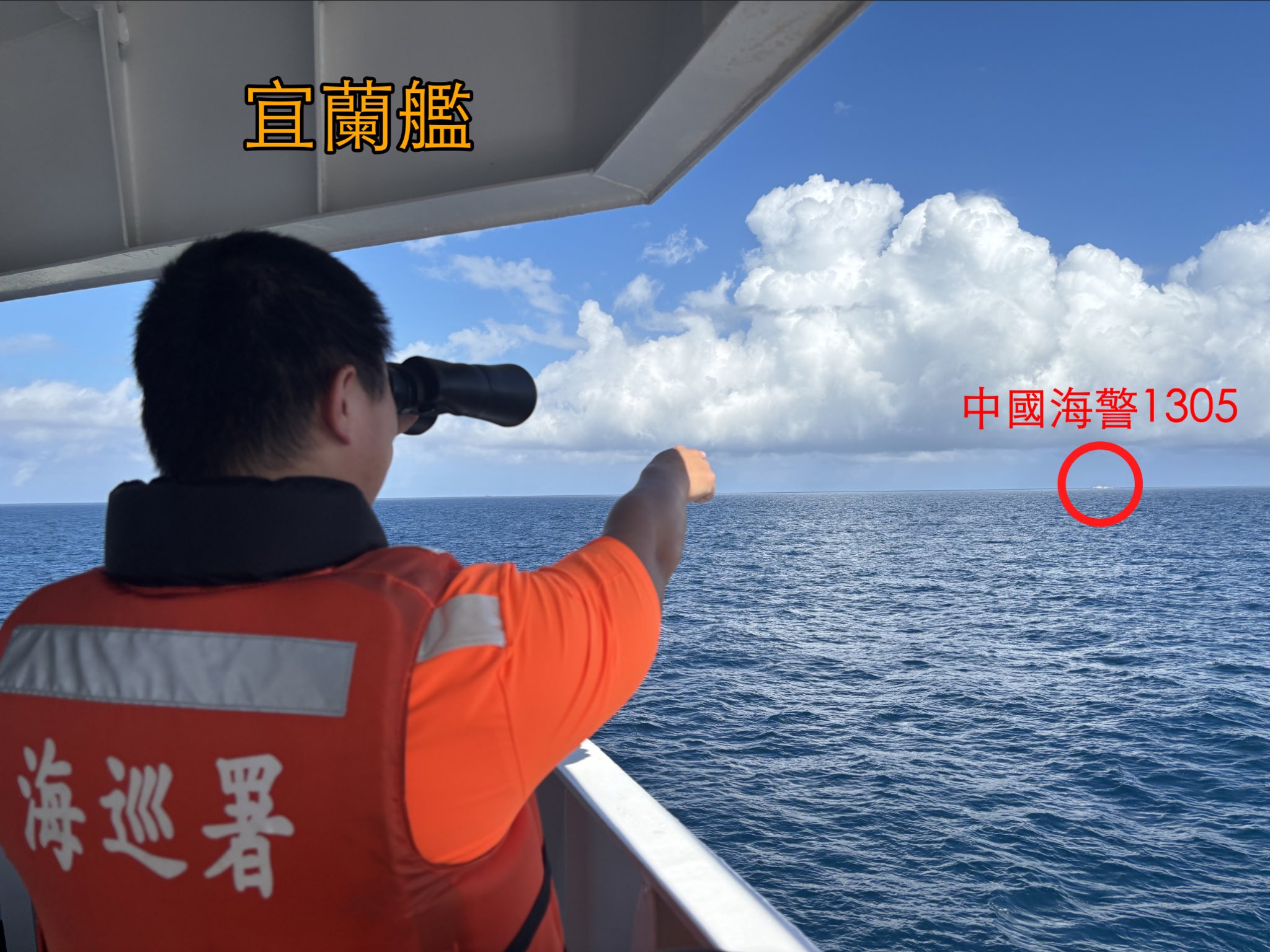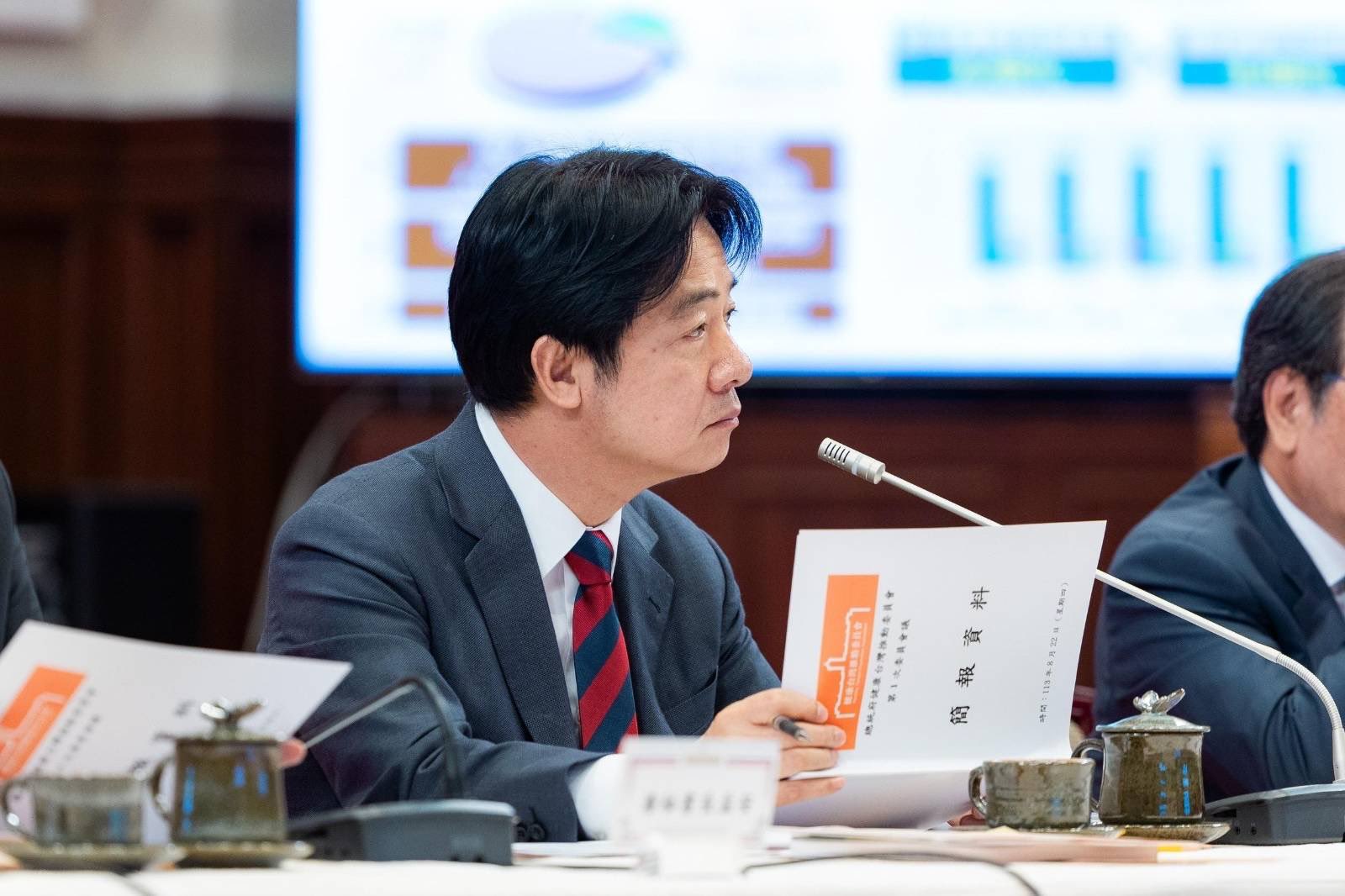Taiwan’s F-16 Viper “Snipes On” China’s J-15 As Tension Grips Indo-Pacific Amidst PLA’s Muscle Flexing

Beijing launched a fresh round of military exercises, dubbed Joint Sword-2024B, on October 14, targeting Taiwan in what analysts believe is an attempt to normalize aggressive, blockade-like actions around the island.
The latest drills also mark a key shift in China’s approach, with an expanded role for the China Coast Guard (CCG), signaling a more assertive maritime presence.
For the first time, CCG vessels were deployed to encircle Taiwan’s main island, a development that underscores Beijing’s growing efforts to exert control over the waters surrounding the democratic island.
According to the CCG, formations 2901, 1305, 1303, and 2102 were involved in law enforcement patrols around Taiwan’s waters, further heightening tensions in the region.
CCG spokesperson Liu Dejun stated, “It is a practical action to lawfully enforce control over Taiwan island in accordance with the one-China principle.”
Damien Symon, an OSINT expert, provided an image illustrating the presence of Chinese Coast Guard vessels near Taiwan.
He noted that tracking AIS (Automatic Identification System) data associated with China’s Joint Sword-2024B military exercise reveals a considerable number of Chinese Coast Guard ships active in the waters surrounding Taiwan.
On the other hand, Taiwan’s Coast Guard Administration (CGA) reported detecting the Chinese vessels at 8 a.m., two of which were positioned west of Nangan Island and the other two north of Dongyin Island.
AfriPrime App link: FREE to download...
After the ships sailed into the restricted zone, the CGA dispatched patrol vessels to shadow and expel the intruders.
As part of its efforts to counter the heightened Chinese activity, Taiwan’s CGA established a task force to monitor “abnormal” Chinese coast guard movements, which began around 11 a.m.
Several Chinese ships crossed the median line of the Taiwan Strait and lingered near Taiwan’s northern, southwestern, and eastern shores, the CGA noted.
In a separate incident, the CGA and Taiwanese Army troops stationed on Menghu Islet, near Kinmen Island, intercepted a Chinese citizen attempting to land on the islet in an inflatable boat. The suspect was arrested and is currently being held for investigation.
The CGA suggested that this lone intrusion could be part of a “gray zone” tactic employed by China to create further pressure on Taiwan. In response, Taiwan has heightened surveillance and strengthened its communication with allied forces to maintain maritime security.
Taiwan Showcases Combat Readiness
After China’s military drills were announced, Taiwan quickly intensified its combat readiness by deploying F-16V fighter jets for patrol missions and positioning Hsiung Feng anti-ship cruise missile launchers along the Hualien coast.
It also has released several videos showcasing its combat readiness, noting that it remains prepared for conflict, with a firm stance of “preparing for war without asking for war, responding to war without avoiding war.”
In one video, Taiwan’s military highlighted its deployment of appropriate forces to counter potential threats. This included F-16 fighter jets equipped with SNIPER ATP targeting pods, monitoring the movements of China’s PLA J-15 fighter jets.
The SNIPER ATP targeting pods offer both air-to-ground and air-to-air capabilities. These pods are highly effective for long-range target identification in the air.
Taiwan also deployed drones to monitor Chinese military movements, enhancing its surveillance capabilities as tensions escalated around the Taiwan Strait.
The Taiwanese Navy utilized Rui Yuan drones for battlefield reconnaissance and closely monitored the movements of the PLA’s 617 ‘Jingdezhen’ and the Chinese Coast Guard’s 1105 vessels in real-time. A Kang Ding-class frigate also tracked the PLA’s 131 ‘Taiyuan.’
Experts Warn Of “New Normal”
The Joint Sword-2024B exercises come just months after China conducted the Joint Sword-2024A drills around Taiwan in May. Jaime Ocon, the lead defense reporter for Taiwan Plus News, shared images comparing the zones of the two exercises.
He noted that while the areas designated for Joint Sword-2024B are smaller, they are strategically located closer to major Taiwanese airbases, indicating a shift in focus for these latest maneuvers.
Derek J. Grossman, a senior defense analyst at RAND Corporation, offered his analysis of China’s recurring exercises, explaining that Beijing has successfully established a predictable “new normal” in response to perceived provocations from Taiwan.
Each time Taiwan acts in a way that offends China, Beijing stages military operations around the island, often simulating a blockade. According to Grossman, this serves both as a demonstration of China’s displeasure and as a practice for a potential real blockade.
Rush Doshi, Director of the China Strategy Initiative at the Council on Foreign Relations (CFR), highlighted a concerning pattern emerging from these drills.
He pointed to previous enclosures in the Taiwan Strait in August 2022, May 2024, and now October 2024, noting that while the areas themselves are significant, the duration and nature of these operations are even more critical in evaluating the threat.
Meanwhile, Dr. Malcolm Davis, Senior Analyst at the Australian Strategic Policy Institute, warned that while the world’s attention is focused on conflicts in the Middle East and Ukraine, the situation in East Asia is also escalating.
Retweeting a report about North Korea’s artillery corps being ordered to prepare for action near the border, Davis urged attention to developments on the Korean Peninsula, particularly with China now conducting naval blockade exercises around Taiwan.
Reasons Behind China’s Military Exercises
China has framed the latest round of military drills as a direct warning to what it calls “separatist acts” by Taiwan’s independence movement. These drills have sparked condemnation from both Taipei and Washington.
Senior Captain Li Xi, spokesperson for the PLA’s Eastern Theater Command, stated that the drills are a “stern warning” to Taiwan’s independence advocates and are a legitimate and necessary measure to safeguard China’s sovereignty and territorial integrity.
The PLA has established six zones for these military operations: two in the Taiwan Strait, two to the east of the island, and one each in the northern and southern regions.
A Chinese expert noted that the drills in the northern airspace and waters are specifically aimed at sending a direct message to prominent leaders pushing for Taiwan’s independence, particularly targeting the Lai administration.
At the same time, the exercises in the southern regions are designed to signal a warning to the core strongholds of the independence movement.
Recently, Taiwan’s President William Lai emphatically reaffirmed the island’s status as a self-governing entity in his speech on the annual Double Tenth Day, which celebrates the establishment of the Republic of China (ROC).
This statement follows former Japanese Prime Minister Taro Aso’s remarks labeling Taiwan as an essential “country” for Japan despite the absence of formal diplomatic relations between Tokyo and Taipei.
In his most prominent public address since taking office earlier this year, President Lai used the annual Double Tenth Day celebrations—marking the 113th anniversary of the Republic of China (ROC)—to affirm Taiwan’s independence.
In a clear response to China’s longstanding claims over the island, Lai declared his intention to “uphold the commitment to resist annexation or encroachment upon our sovereignty.”
His assertion emphasized that Taiwan and the People’s Republic of China (PRC) are not subordinate to each other, reinforcing the island’s distinct identity.
Lai articulated this stance during his speech outside the Presidential Office Building in Taipei on October 10, noting Taiwan’s thriving democracy and freedoms.
“The Republic of China [the island’s official title] has already settled down in Taiwan, Quemoy, Matsu, and Penghu, and it is not subordinate to the People’s Republic of China,” he stated, firmly rejecting Beijing’s right to represent Taiwan.
Lai’s remarks echo sentiments expressed by his predecessor, Tsai Ing-wen, who in 2021 asserted that Taiwan and mainland China should not be “subordinate to each other.”
Lai reiterated this message during his inauguration speech in May, reinforcing his assertive stance while downplaying historical connections between Taiwan and the mainland.
Meanwhile, President Lai also called for “healthy and orderly dialogue and exchanges” between the two sides, indicating his desire to maintain the cross-strait status quo while advocating for Taiwan’s autonomy.
He affirmed his commitment to fostering cross-sector economic development, underlining the island’s importance in the global supply chain. Lai highlighted initiatives to promote key industries, such as semiconductors and artificial intelligence, while focusing on the growth of medium, small, and micro-enterprises.
The Double Tenth Day address has historically served as a platform for Taiwan to articulate its position to Beijing and international observers. The day marks the start of the 1911 revolution that led to the end of the Qing dynasty and the establishment of the ROC.
Since the Kuomintang’s retreat to Taiwan in 1949, this day holds special meaning for those who see it as a celebration of Taiwan’s unique identity and democratic governance.
Beijing Slams Taiwan’s Leader
Beijing has issued a sharp rebuke to Taiwan’s leader, William Lai Ching-te, in response to his recent speech, which the Chinese government characterized as an expression of his “stubborn Taiwan independence stance.”
Mao Ning, a spokesperson for the mainland’s foreign ministry, criticized Lai, who assumed office in May and is perceived by Beijing as a “separatist” and a “troublemaker.”
She accused him of intentionally attempting to sever the historical ties that have long existed between Taiwan and mainland China.
Mao pointed out that Lai’s firm belief that China and Taiwan are not subordinate to each other and that Taiwan has sovereignty was an attempt to “reframe and advance the falsehood of Taiwan’s independence.”
According to her, the rhetoric only served to expose his steadfast commitment to the idea of Taiwanese independence, reflecting a malicious intent to heighten tensions in the Taiwan Strait for his political gain.

In addition, the fallout from Lai’s speech has been intensified by recent comments from former Japanese Prime Minister Taro Aso.
Following Aso’s controversial remarks about Taiwan, Chinese analysts suggested that the statements illustrate a significant misunderstanding among certain Japanese politicians regarding Taiwan.
Lü Chao, a research fellow specializing in Northeast Asian studies at the Liaoning Academy of Social Sciences, described Aso’s comments as a serious affront and provocation to the Chinese people, asserting that such remarks cannot be tolerated.
Chinese media has highlighted Aso’s reputation as a right-wing conservative politician known for making incendiary statements about Taiwan. In January, he claimed that any emergency concerning Taiwan would constitute a “crisis for Japan’s existence”.
Furthermore, during a visit to Taiwan in August 2023, Aso advocated for Japan, the United States, and other like-minded nations to prepare to “put into action a very strong deterrence” to defend Taiwan.
On the other hand, a senior official from US President Joe Biden’s administration issued a call for restraint from both sides just one day before Lai’s address. The official warned that Beijing might leverage Lai’s speech as a “pretext” for potential military action in the Taiwan Strait.
“We see no justification for a routine annual celebration to be used in this manner,” the official stated during a background briefing with the media on October 9. The official underscored the need for both sides to exercise restraint, adhering to long-standing norms in the region.
This ongoing exchange of rhetoric and escalating tensions underscore the strained relationships between Taiwan and China and also reveal how external powers like Japan and the United States are becoming more involved in the intricate dynamics of cross-strait relations.
AfriPrime App link: FREE to download...
- Questions and Answers
- Opinion
- Story/Motivational/Inspiring
- Technology
- Art
- Causes
- Crafts
- Dance
- Drinks
- Film/Movie
- Fitness
- Food
- Spiele
- Gardening
- Health
- Home
- Literature
- Music
- Networking
- Other
- Party
- Religion
- Shopping
- Sports
- Theater
- Wellness
- News
- Culture
- War machines and policy



